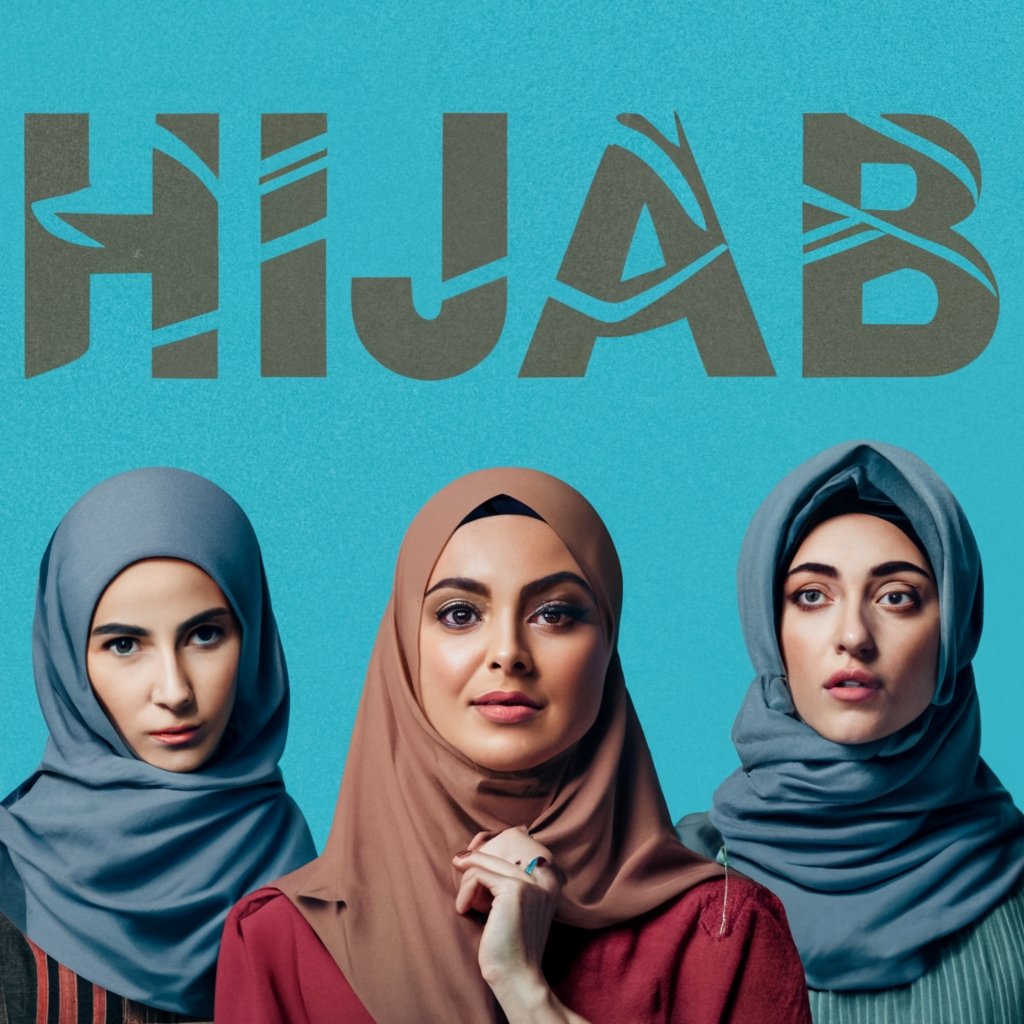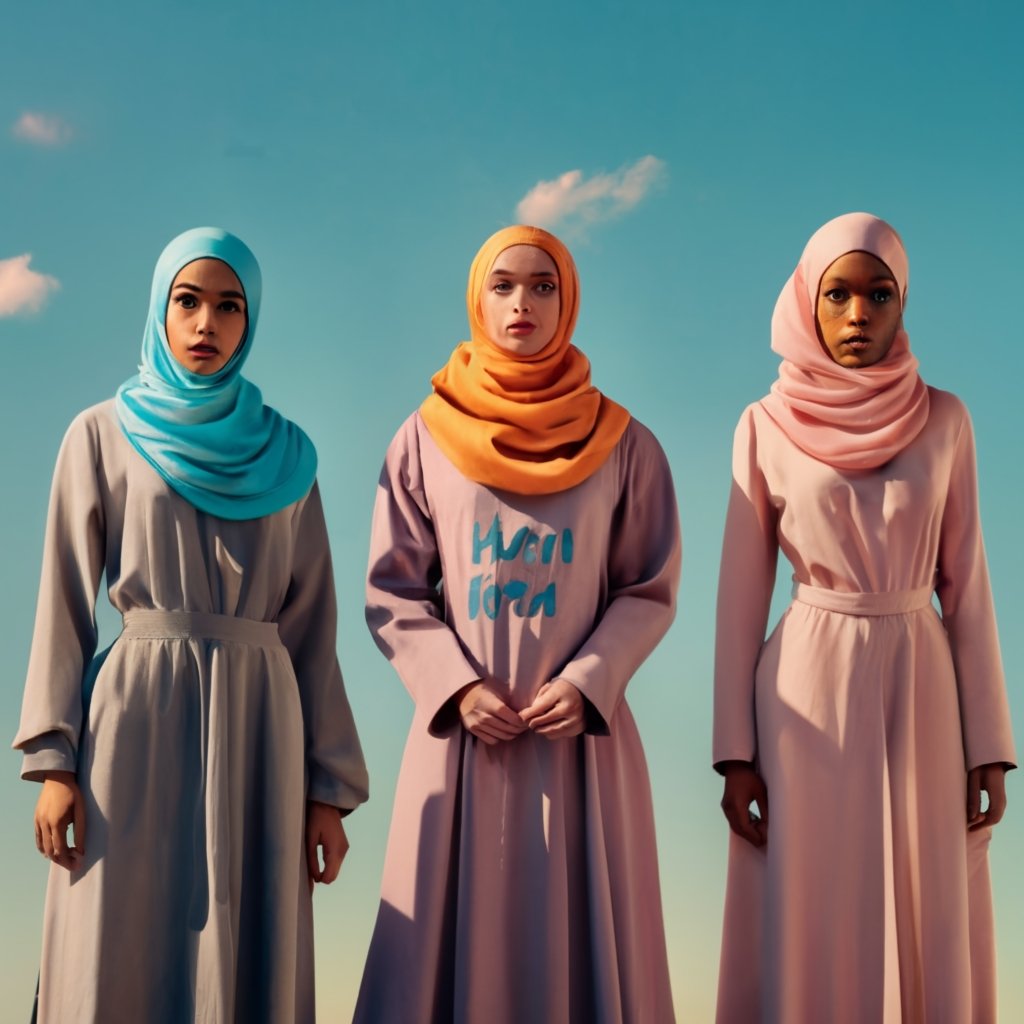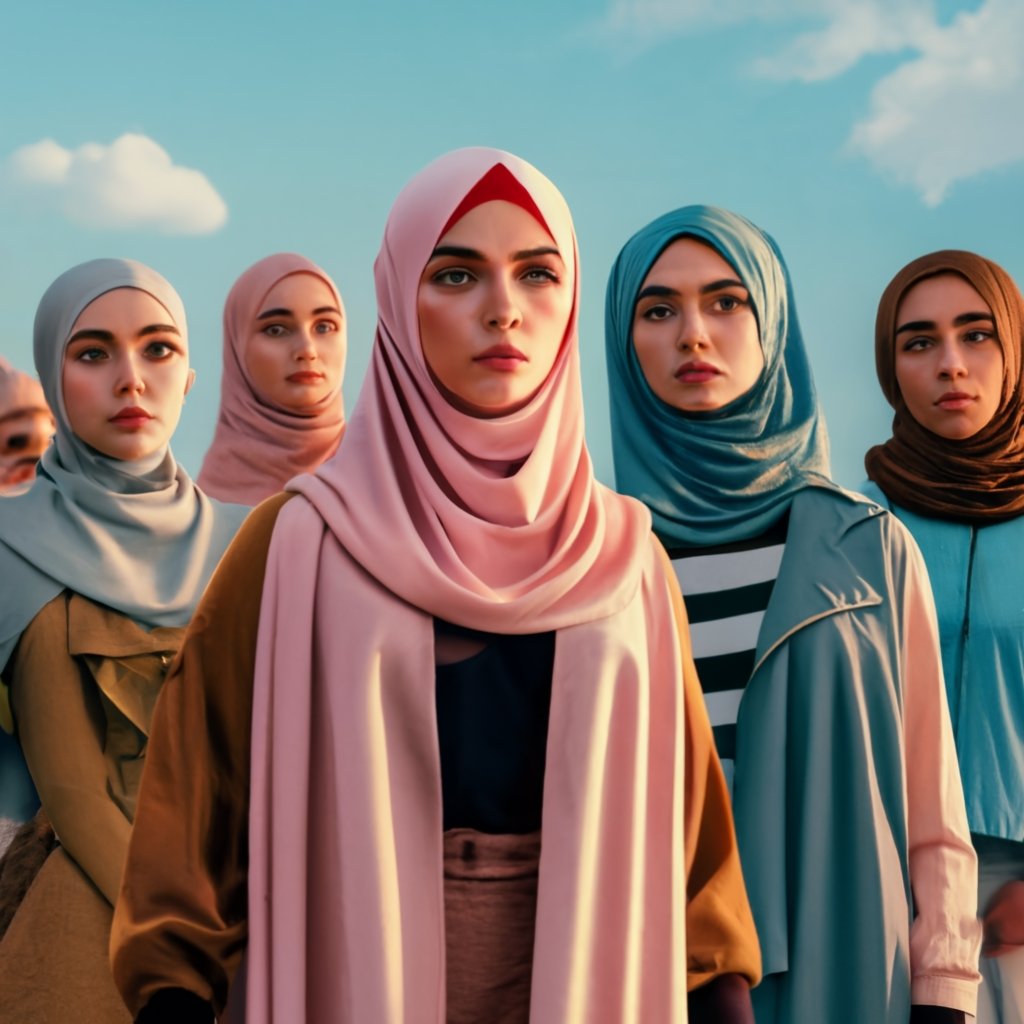Hijab In the diverse tapestry of religious beliefs and practices around the world, Islam stands out for its profound devotion to faith and adherence to traditions. One of the most recognisable and symbolic practices within Islam is the wearing of the hijab, a veil that covers the head and chest, donned by Muslim women. This article delves into the significance of the hijab in Islam, exploring its spiritual, cultural, and social dimensions.


Table of Contents


Introduction
The hijab, an iconic symbol of Islamic identity, has been a subject of curiosity and debate. Beyond being a piece of clothing, it carries deep spiritual, cultural, and social significance. In this article, we will embark on a journey to understand why the hijab is so important in Islam, transcending the realms of mere fabric to represent a way of life.
Historical Context of the Hijab
To truly grasp the importance of the hijab in Islam, we must first look at its historical roots. The practice of veiling dates back to the early days of Islam, with its origins in the Quran, the holy book of Islam.
The Quranic Command
The Quran, in Surah An-Nur (The Light), instructs Muslim women to cover their adornments and dress modestly. This divine command serves as the cornerstone of the hijab’s religious significance. It emphasises the importance of modesty and humility in a Muslim’s life.
Modesty and Humility
The hijab embodies the values of modesty and humility, reminding Muslim women of the need to remain humble before God and society. It serves as a visual representation of one’s commitment to these values.
The Religious Significance
The religious significance of the hijab extends beyond the Quranic command.
Identity and Belonging
For many Muslim women, wearing the hijab is a powerful expression of their identity as devout followers of Islam. It fosters a sense of belonging to the global Muslim community and signifies their commitment to the faith.
Preserving Family Values
In Islamic culture, the hijab is also a means of preserving family values and traditions. It reflects the importance of maintaining modesty and upholding the sanctity of family life.
Empowerment Through Choice
Contrary to misconceptions, the hijab is not a symbol of oppression; rather, it empowers women by granting them control over their bodies and their public image. Many women choose to wear the hijjab as an assertion of their freedom to practice their faith.
Challenging Stereotypes
Breaking the Misconceptions
The hijjab challenges common stereotypes about Muslim women. It serves as a reminder that women can be both devout in their faith and active members of society, debunking myths that suggest otherwise.
Fighting Islamophobia
In an era where Islamophobia is a concern, the hijjab becomes a symbol of resilience. Muslim women who wear the hijjab stand firm against discrimination and stereotypes, contributing to a more inclusive society.
The Contemporary Hijab
The hijjab has evolved over time, adapting to contemporary fashion and style trends. Today, there are numerous fashionable and creative ways to wear the hijjab while maintaining its core principles of modesty and humility.
The Controversy Surrounding the Hijab
The hijjab is not without controversy, often becoming a focal point for debates on religious freedom and personal choice.
Freedom of Choice
Critics argue that wearing the hijjab should be a matter of personal choice rather than societal or familial pressure. Respecting individual freedom is essential in any discussion about the hijab.
Legal Battles
In some parts of the world, Muslim women have had to fight legal battles to wear the hijjab in public spaces, highlighting the complex intersection of faith, law, and individual rights.
Conclusion
The hijjab, a simple piece of cloth, carries profound importance in Islam. It is a symbol of faith, identity, and empowerment. Beyond its religious significance, it challenges stereotypes and fosters exclusivity in society. Understanding the hijab is not just a matter of tolerance but of embracing diversity and respecting the choices of Muslim women.
FAQs
1. Is wearing the hijjab mandatory for all Muslim women?
No, it is a matter of personal choice and interpretation of Islamic teachings. While some Muslim women choose to wear the hijjab as an act of faith, others do not.
2. Does the hijjab limit a woman’s freedom?
Not necessarily. The hijjab can be seen as a symbol of empowerment, allowing women to exercise their right to practice their faith and assert their identity.
3. Why is the hijjab often a topic of controversy?
The hijjab becomes controversial when it is perceived as a symbol of oppression or when debates arise about religious freedom and individual choice.
4. Can non-Muslims wear the hijjab?
While non-Muslims can choose to wear the hijjab out of respect or for personal reasons, it is important to do so with sensitivity and an understanding of its cultural and religious significance.
5. How can society promote understanding and acceptance of the hijjab?
Society can promote understanding by educating individuals about the hijjab significance, challenging stereotypes, and fostering a culture of respect for diverse religious practices.
About Feature Fashion
- Follow us for similar information, We will give you even better information related to clothes and fashion.We will give you some special information about fashion. Hope you will like our given information. like,Hijab mention in this article.feature fashion will give you daily updates.Follow featuresfashion.com for more information.


